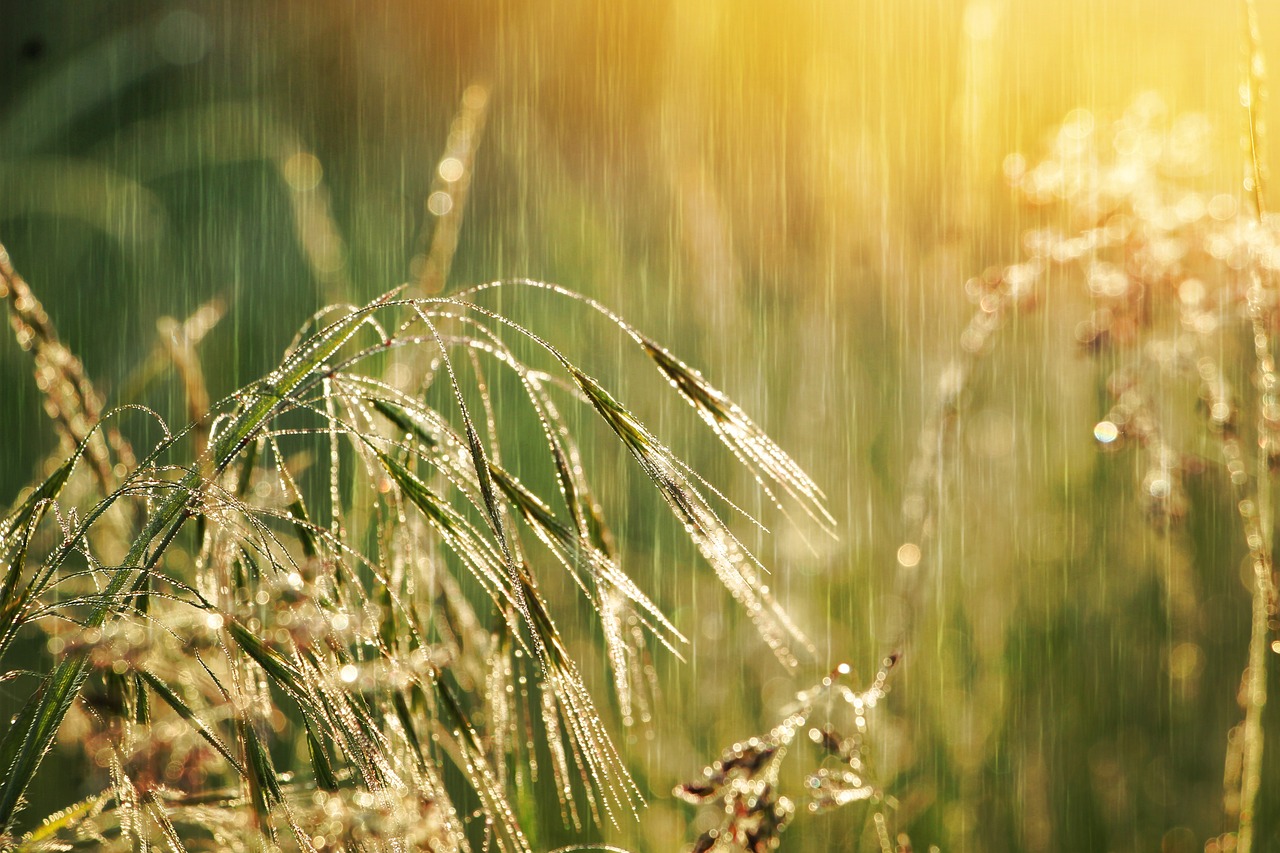The Southwest Monsoon in Sri Lanka: A Vital Climate Phenomenon-by Kalani-eLanka

The Southwest Monsoon, known locally as the “Yala” season, is a significant climatic event in Sri Lanka, influencing the weather, agriculture, and daily life across the island. Typically active from May to September, the Southwest Monsoon brings substantial rainfall, particularly to the southwestern and central regions of the country. This seasonal wind pattern is driven by the complex interplay of atmospheric pressures, ocean temperatures, and geographical features.
The Southwest Monsoon originates from the Indian Ocean, where the intense summer heat causes air over the land to rise, creating a low-pressure area. Meanwhile, the high-pressure area over the cooler ocean drives moist air from the southwest towards the land. As this moisture-laden air encounters the island’s topography, particularly the central highlands, it cools and condenses, resulting in heavy rainfall.
Sri Lanka’s diverse topography plays a crucial role in determining the monsoon’s impact across different regions:
- Western and Southwestern Regions: Areas like Colombo, Galle, and Ratnapura receive the heaviest rainfall, often leading to lush greenery, replenished water resources, and bountiful agricultural yields. However, these benefits are sometimes accompanied by challenges such as flooding and landslides, which can disrupt communities and infrastructure.
- Central Highlands: The hill country, including Kandy, Nuwara Eliya, and Hatton, experiences significant rainfall due to the orographic effect. The monsoon rains are vital for tea plantations, which thrive in these cooler, wetter conditions.
- Eastern and Northern Regions: These areas are largely sheltered from the Southwest Monsoon by the central highlands, receiving comparatively less rainfall. This rain shadow effect creates a drier climate, which is more dependent on the Northeast Monsoon later in the year.
Agriculture in Sri Lanka is deeply intertwined with the monsoon cycles. The Southwest Monsoon is critical for the cultivation of rice, the staple food of the country, as well as other crops like tea, rubber, and spices. Farmers rely on the timely arrival of the monsoon rains to irrigate their fields, and any disruption in the monsoon patterns can have severe repercussions on food security and the economy.
While the Southwest Monsoon is essential for the sustenance of life and agriculture, it also presents challenges. Extreme weather events, such as heavy rainfall leading to floods and landslides, can cause loss of life, displacement of communities, and damage to infrastructure. In recent years, climate change has made these events more unpredictable, with some areas experiencing excessive rainfall and others facing drought conditions.

The Sri Lankan government, along with local communities, has been working on improving disaster preparedness and response. Efforts include early warning systems, better land-use planning, and promoting sustainable agricultural practices that can withstand the variability of the monsoon.
The Southwest Monsoon is a vital aspect of Sri Lanka’s climate, shaping the country’s natural environment, agriculture, and way of life. While it brings life-sustaining rains, it also poses challenges that require careful management and adaptation. Understanding and respecting the power of the monsoon is crucial for ensuring the well-being and prosperity of the nation.























